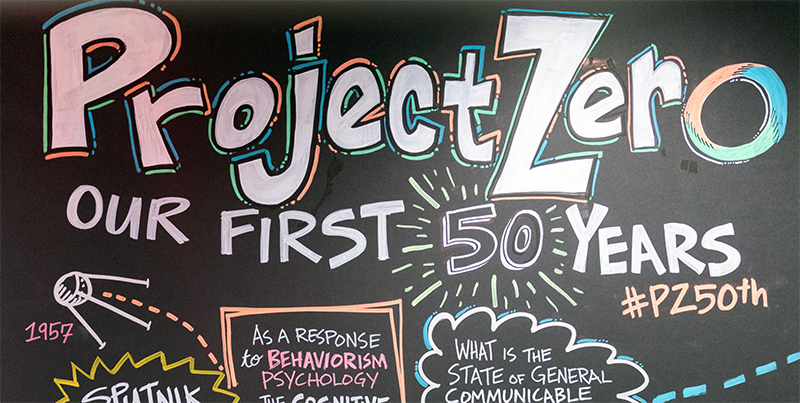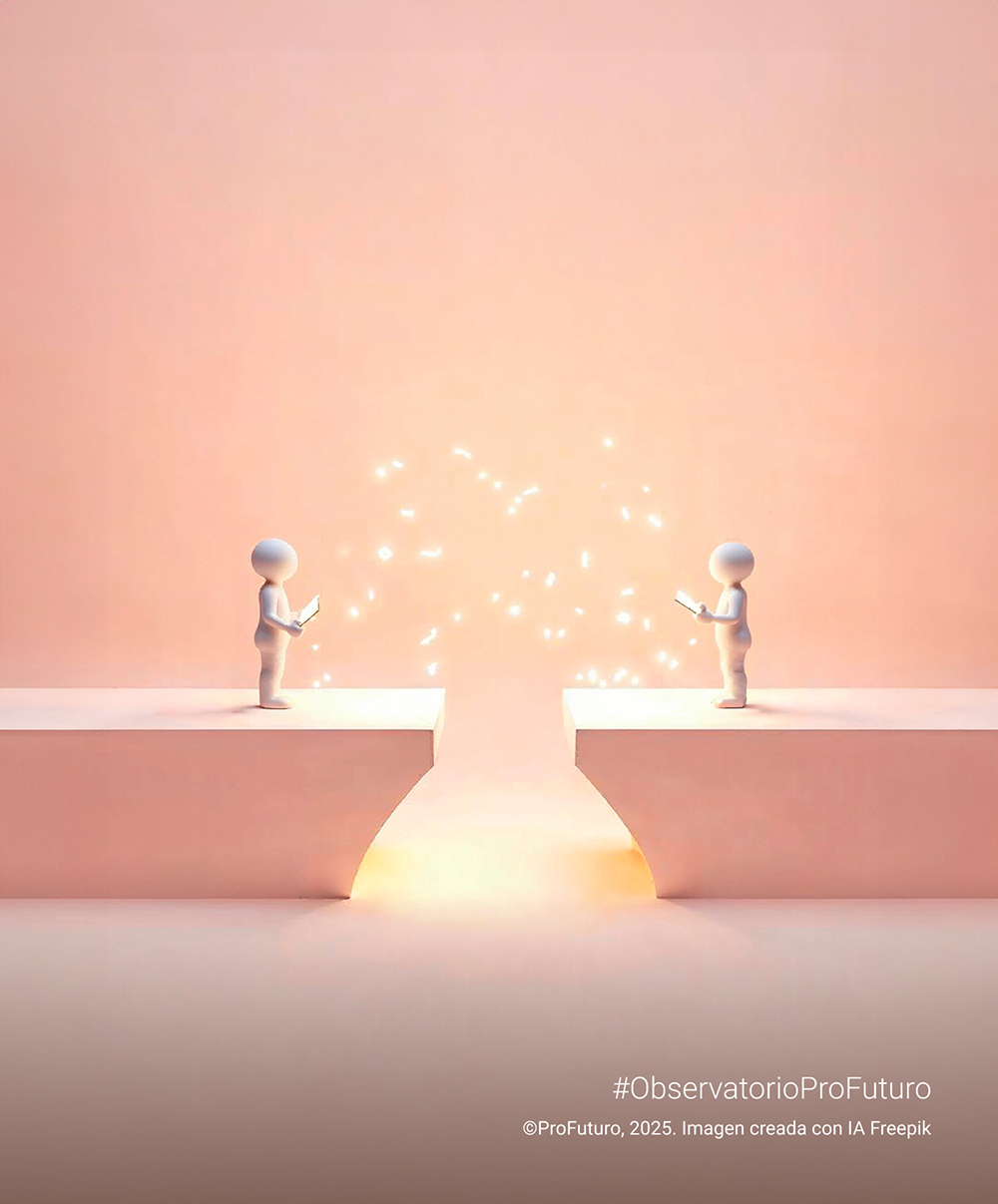The origins
In the late 50s, Nelson Goodman was an eminent philosopher with a strong vocation for the arts, in the words of his pupil Howard Gardner (who would later develop his theory of multiple intelligences) “he had directed his philosophical brilliance to the nature of knowledge and artistic practice on many occasions”. Goodman firmly believed that artistic forms of knowledge were as important, precious and challenging as knowledge in the sciences and other fields. He also believed that most students at the Harvard Graduate School of Education (and, indeed, the University in general) had little understanding of artistic practice.
The idea of creating a project to explore the specific nature of artistic knowledge and the way it is transmitted in museums and educational institutions finally came to life in 1967. It was called “Zero” because, according to Goodman, that was the state of general knowledge about arts education. And so, it was that a group of researchers from multiple fields began to investigate, for example, what visual cues allow us to perceive cubic corners or how artistic sensitivity develops in young children. They also invited artists in different disciplines in order to understand the deep and complex thinking required for quality artistic production and performance.
Today, 55 years after its founding, Project Zero has grown to become a major centre for research on learning, the source of numerous research, practices and initiatives that have transcended the world of the arts and that focus on the nature of intelligence, understanding, thinking, creativity, ethics and other essential aspects of human learning. Thus, Project Zero hosts initiatives such as the Learning Innovation Laboratory a “laboratory” for research in organisational learning, and the Agency by Design a research initiative to investigate innovative learner-centred learning practices, pedagogies and experiences; and studies such as Educating for Global Competence, The Qualities of Quality and Understanding of Consequence.
This video summarises the essence of Project Zero.
Mission: human potential
The primary goal and mission of Project Zero is to understand and nurture human potential, in particular the nature of intelligence and creativity. Thus, its research examines the nature of this potential, the contexts and conditions in which it develops, and the practices that support its emergence and enhancement.
In Project Zero they approach intelligence as something multiple and learnable and understand that learning is a consequence of thinking and not the other way around. Content must be used and thought about in order for learning and deep comprehension, which is when a person is able to take knowledge and use it in different ways. Education should focus on comprehension, not memorisation. This is one of the main theories of Doctor of Mathematics and Artificial Intelligence, David Perkins, one of the project founders.
“You can have a lot of information about something and yet understand very little,” Perkins explains. Understanding is being able to think about the information you have and go beyond it. If I understand Newton’s laws, I will be able to apply them and they will be useful to me.
Perkins believes that we should pay attention not only to how we teach, but also to what we teach. Do we teach ideas, concepts and skills that will actually contribute to students’ lives? Today the answer to that question is, unfortunately, ‘No’: most of the content we teach students in schools is not fulfilling this function. It is lost, forgotten in two or three months, never to resurface. However, the disciplines we teach about, such as Mathematics, History, Literature, Art, Science… all of them are full of very rich concepts that can be useful for students’ lives if we make a good selection. For example, when we are taught history, attention is paid only to facts and events that have already happened and will not happen again. However, if we reframe the study of history and transform it into lenses to see how the contemporary world works, the world of the future, or to see other fragments of history, then these events take on a much greater power.
Until now, education has focused too much on memorising and too little on thinking. So how do we change this?
Teaching to Think: Learning and Thinking Strategies in the Classroom
By going beyond the obvious, thinking differently, questioning things… Research conducted at Project Zero shows that most people have undeveloped thinking skills, attitudes and alerts. Today more than ever we need to develop these attitudes and skills, i.e. learning by competencies. And this is something that does not happen naturally. It needs to be promoted in schools. What can we do about it?
Visible thinking and thinking routines
We must “make visible” the thinking that remains hidden in our minds. Visible thinking” seeks to externalise verbally or in writing the ideas or concepts that we have in our mind. In this way, we can know what and how it is being understood. This is where what are termed thinking routines come in, enabling students to find their own ways of analysing, exploring in depth, connecting and reflecting on different topics. Here are a few examples:
- What makes you say that? This routine helps students describe what they see or know and asks them to construct explanations. It promotes evidence-based reasoning and by inviting students to share their interpretations, it encourages them to understand alternatives and multiple perspectives.
- Think-Question-Explore. This routine activates prior knowledge, generates ideas and curiosity, and sets the stage for deeper enquiry.
- Think-Gather-Share. This routine encourages students to think about a problem or issue and then express their thoughts. It promotes understanding through active reasoning and explanation. By listening and sharing ideas, this routine encourages students to understand multiple perspectives
- Viewpoint Circles. This routine helps students to see and explore multiple perspectives. It helps them to understand that different people can have different connections to the same thing. These different connections influence people’s vision and thinking.
- I Used to Think – Now I Think. This routine helps students reflect on their thinking about a topic or theme and explore how and why thinking has changed. It can be useful for consolidating new learning, as students identify their new understandings, opinions and beliefs. By examining and explaining how and why their thinking has changed, students develop their reasoning skills and recognise cause and effect relationships.
- See-Think-Question. This routine helps students to make careful observations and thoughtful interpretations. It stimulates curiosity and paves the way for enquiry.
- 3-2-1 bridge. This routine asks students to make visible their initial thoughts, ideas, questions and understandings about a topic, through three thoughts, two ideas and a metaphor, and then connect them to new ways of thinking about the topic after they have studied it.
- The tug for truth. This routine encourages students to reason carefully about the ‘tension’ that arises between the many factors relevant to questions of truthfulness. It also helps them to appreciate the deep complexity of issues that might seem to be black and white.
To cope in a complex and constantly changing world, “children have to learn to deal with the unknown and the unexpected,” says Perkins. Today’s education must serve this purpose: it needs to expand into thinking and no longer be limited to the memorisation of concepts. This generation has a commitment to current and future students: to work to make their education more meaningful and useful to their lives.
REFERENCES
Gardner, H. 2016. Harvard Project Zero: A personal History. http://www.pz.harvard.edu/resources/harvard-project-zero-a-personal-history






